Posted: February 1, 2017, 10:20am
Yesterday, I applied to a really interesting short course from the Kavli Institute of Theoretical Physics called Eco=Evolutionary Dynamics in Microbial Communities. This program offers a unique mix of practical mini-courses on community behavior, bioinformatics, sequencing, and evolution combined with hands-on experience with experimental projects and data. I submitted a CV and a cover letter with the application, and I thought it might be nice to reformat some of that content into a blog post. I wrote about the interplay between experimentalist and theorists and some of the opinions I’ve developed over the past five years of my Ph.D. (Please keep in mind that it’s in the format of a cover letter, and is a bit preachy and self-serving at times.)
Theory, models, and biology
Scientists make observations of the natural world, collect experimental data and seek to extract patterns from these observations and data, helping generate new hypotheses based on observed correlations. These correlations in and of themselves do constitute understanding, but rather it is the mechanistic explanation of the underlying principles at play in the system being studied, where a theory is born [1]. As such, understanding between two unique disciplines is required: the theorist must collaborate with the experimentalist using a common language, moving toward a common goal. Math modeling is most effective when done iteratively: a mathematician supplements the intuition of a clinician, which drives new experiments or trials, which in turn provides new data for the mathematician.
Game theory models of cancer progression and chemotherapy
As a Ph.D. candidate in my fifth year at the University of Southern California, I have experience modeling tumor progression, chemotherapy, and eventual resistance of cancer to drug therapies using evolutionary game theory dynamical models. Cancer’s nature as a dynamic, multi-scale system invokes the need for simple models that are easily scalable from the details of genetic level to the large scale of circulating tumor cells forming secondary metastases. Our approach to studying cancer is a convergent, interdisciplinary approach where we combine our math models with the intuition of biologists and clinicians toward a better understanding of cancer initiation and progression by investigating how individual system components interact to give rise to the function and behavior of the cancerous system as a whole. Mathematical and computational models can find emergent behavior from the systemic dynamics within the model behavior and in turn drive new biological hypotheses for experimentalists.
Our agent-based, stochastic, evolutionary dynamics model describes cancer as a population of cells which can mutate toward a more heterogeneous mixture of competing subclones, reflecting the evolutionary capacity of those subclones to adapt to therapeutic perturbations, known as resistance [2]. Competition between clonally expanding cell populations are informed by genetic mutations and game theoretic natural selection in a Prisoner’s Dilemma framework. These models describe several emergent phenomena, including heterogeneity as a driver of Gompertzian-like tumor growth and consistency with other mathematical hypotheses (e.g. Norton-Simon Hypothesis).
References:
- Shou, Wenying, et al. “Theory, models and biology.” eLife 4 (2015): e07158.
- West, J, et al. “The prisoner’s dilemma as a cancer model.” Conv. Sci. (2016)
Published on July 26th, 2017Last updated on August 10th, 2017

